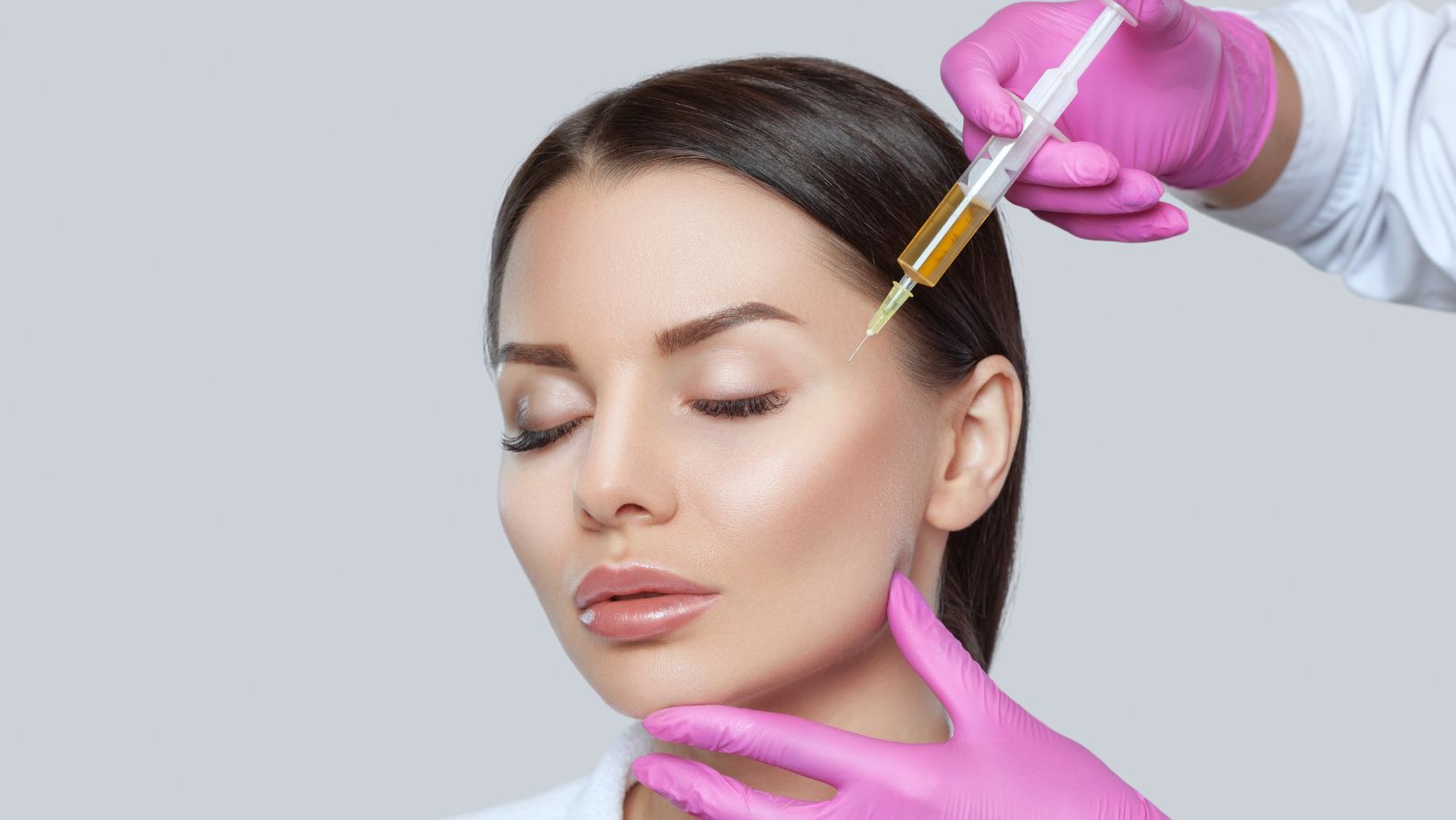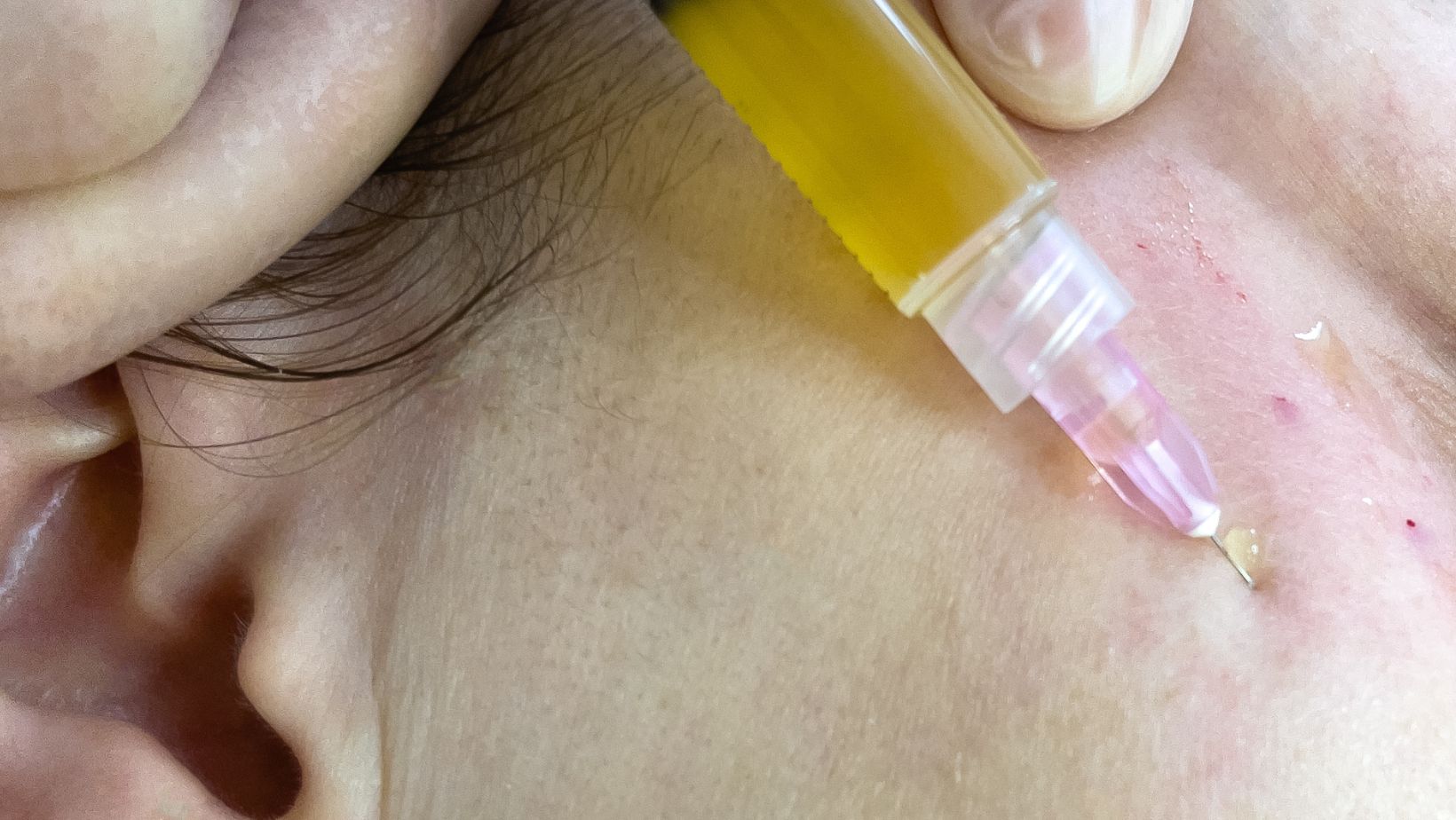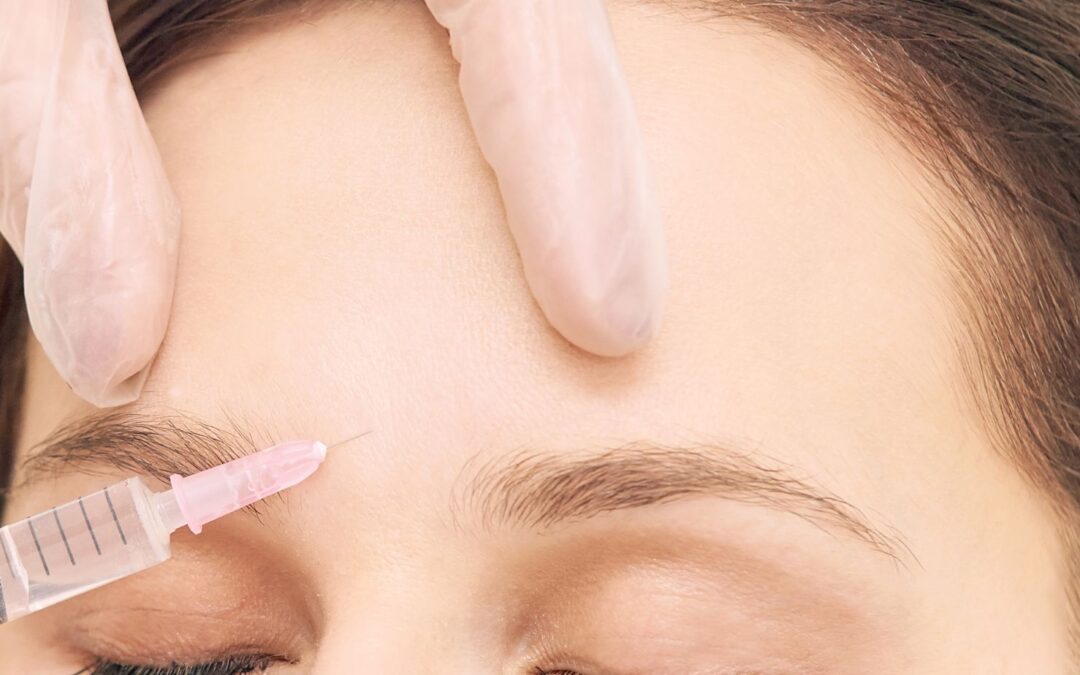Platelet-Rich Plasma (PRP) therapy has long been heralded for its effectiveness in rejuvenating skin and enhancing aesthetics. However, its potential reaches far beyond the realm of beauty. As parents, navigating the myriad of treatment options for ourselves and our children can be overwhelming. In this article, we will explore how PRP therapy can benefit parents by delving into its applications beyond aesthetics.
Overview of PRP Therapy Beyond Aesthetics
PRP therapy involves extracting a concentrated form of platelets from a patient’s own blood and injecting it into targeted areas to promote healing. This natural approach harnesses the body’s own healing mechanisms to accelerate tissue repair and regeneration. While PRP has been widely used in cosmetic procedures, its therapeutic potential extends to various medical conditions and injuries.
Applications of PRP Therapy for Parents
Accelerated Healing for Common Injuries:
Children are prone to injuries from sports activities, playground accidents, and falls. PRP therapy can expedite the healing process for these injuries by promoting tissue repair and reducing inflammation. Whether it’s a sprained ankle from a soccer game or a scraped knee from a bicycle fall, PRP therapy offers parents a safe and effective treatment option to help their children recover faster.
Postpartum Recovery for Mothers
Pregnancy and childbirth take a toll on a mother’s body, often resulting in musculoskeletal pain and discomfort. PRP therapy can aid in postpartum recovery by addressing issues such as perineal tears, pelvic floor dysfunction, and abdominal muscle separation. By promoting tissue healing and reducing inflammation, PRP therapy can help mothers regain strength and mobility after childbirth, allowing them to better care for their newborns.
Treatment For Chronic Conditions in Parents
Parents, too, may suffer from chronic conditions such as osteoarthritis and tendonitis, which can significantly impact their quality of life. PRP therapy offers a non-surgical treatment option for managing these conditions by reducing pain and improving joint function.

Whether it’s a nagging knee pain or a debilitating shoulder injury, PRP therapy can provide parents with relief and restore their ability to engage fully in family activities.
Benefits of PRP Therapy for Parents
PRP therapy offers several advantages for parents seeking treatment for themselves or their children:
Minimally Invasive and Natural Approach to Healing
Unlike invasive surgical procedures, PRP therapy is minimally invasive and does not require anesthesia or prolonged recovery time. By using the body’s own healing factors, PRP therapy promotes natural tissue regeneration without the need for synthetic drugs or foreign implants.
- Enhanced Safety Profile:
PRP therapy reduces the risks associated with invasive surgeries, such as anesthesia complications and surgical site infections, making it a safer option for parents and children.
- Minimal Disruption to Daily Life:
With PRP therapy, there is typically minimal downtime, allowing parents to return to their daily activities and responsibilities more quickly compared to surgical procedures, which may require weeks or even months of recovery.
- Long-Term Benefits:
By stimulating the body’s natural healing process, PRP therapy not only provides immediate relief but also promotes long-term tissue regeneration, potentially reducing the likelihood of future injuries or recurrence of chronic conditions.
Reduced Recovery Time Compared to Traditional Treatments
One of the key benefits of PRP therapy is its ability to expedite the healing process, allowing parents and children to return to their normal activities sooner. Whether it’s getting back on the field after a sports injury or resuming daily chores after childbirth, PRP therapy can significantly shorten recovery time compared to traditional treatments.
- Faster Rehabilitation for Active Lifestyles:
PRP therapy enables parents and children with active lifestyles to recover more quickly from injuries, facilitating a faster return to sports, exercise routines, and other physical activities essential for maintaining overall health and well-being.
- Improved Quality of Life:
By reducing the duration of recovery periods, PRP therapy minimizes the disruption caused by injuries or medical conditions, allowing parents to resume their normal routines and responsibilities sooner, leading to an overall improvement in their quality of life.
- Psychological Benefits:

Shortening the recovery time with PRP therapy can also have positive psychological effects on parents and children, reducing stress and anxiety associated with prolonged periods of immobility or limitations in daily activities, thus promoting a faster and more positive recovery experience.
Potential to Avoid or Delay Surgery for Some Conditions
For parents facing surgical options for chronic conditions such as osteoarthritis or tendon injuries, PRP therapy offers a conservative alternative that may help avoid or delay the need for surgery. By promoting tissue repair and reducing pain, PRP therapy can improve joint function and quality of life for parents without the risks and downtime associated with surgery.
- Preservation of Joint Integrity: PRP therapy supports the preservation of joint integrity by stimulating tissue repair and regeneration, potentially delaying or preventing the need for invasive surgical interventions that may compromise joint function in the long term.
- Customized Treatment Approach: PRP therapy allows for a personalized treatment approach tailored to the individual needs of parents, offering targeted relief from pain and inflammation without the systemic effects or recovery time associated with surgery, thus enhancing the overall effectiveness of treatment.
- Long-Term Management Strategy: By addressing the underlying causes of chronic conditions such as osteoarthritis or tendon injuries, PRP therapy serves as part of a comprehensive long-term management strategy, providing sustainable pain relief and improved joint function to help parents maintain an active and fulfilling lifestyle without the limitations imposed by surgery.
Safety and Considerations for Parents
While PRP therapy is generally considered safe, it’s essential for parents to consult with a qualified healthcare provider to determine if it’s the right treatment option for themselves or their children. Potential side effects such as pain, swelling, or infection at the injection site are rare but should be discussed with a healthcare provider before undergoing treatment. Additionally, parents should ensure that PRP therapy is performed by a trained and experienced practitioner to optimize safety and efficacy. For more information on PRP therapy and its applications, visit Selphyl.
In conclusion, PRP therapy offers parents a versatile and effective treatment option for addressing a wide range of medical conditions and injuries. By understanding its applications beyond aesthetics, parents can make informed decisions about incorporating PRP therapy into their healthcare regimen for themselves and their children. Whether it’s speeding up the healing process for a sports injury or alleviating chronic pain, PRP therapy has the potential to positively impact the lives of parents and their families.
Jessica has a flair for writing engaging blogs and articles. She enjoys reading and learning new things which enables her to write different topics and fields with ease. She also strives to break down complex concepts and make them easy for anybody to comprehend.





